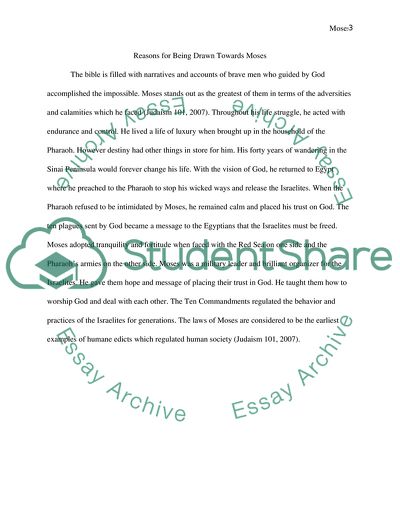Cite this document
(The Depiction of the Life of Moses in the Old Testament Term Paper, n.d.)
The Depiction of the Life of Moses in the Old Testament Term Paper. https://studentshare.org/religion-and-theology/1719660-a-person-learned-about-from-the-old-testament-who-identified-with-the-most
The Depiction of the Life of Moses in the Old Testament Term Paper. https://studentshare.org/religion-and-theology/1719660-a-person-learned-about-from-the-old-testament-who-identified-with-the-most
(The Depiction of the Life of Moses in the Old Testament Term Paper)
The Depiction of the Life of Moses in the Old Testament Term Paper. https://studentshare.org/religion-and-theology/1719660-a-person-learned-about-from-the-old-testament-who-identified-with-the-most.
The Depiction of the Life of Moses in the Old Testament Term Paper. https://studentshare.org/religion-and-theology/1719660-a-person-learned-about-from-the-old-testament-who-identified-with-the-most.
“The Depiction of the Life of Moses in the Old Testament Term Paper”. https://studentshare.org/religion-and-theology/1719660-a-person-learned-about-from-the-old-testament-who-identified-with-the-most.


